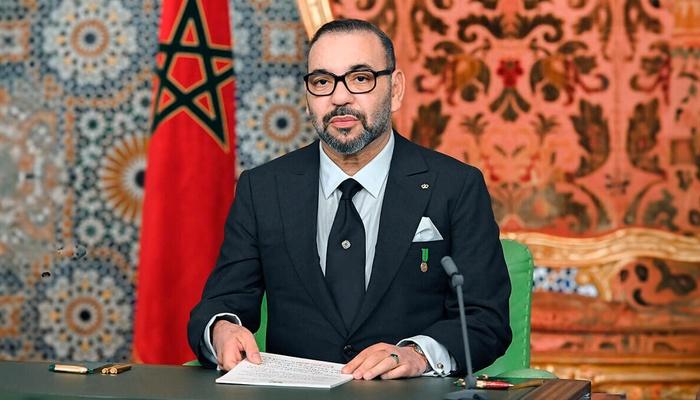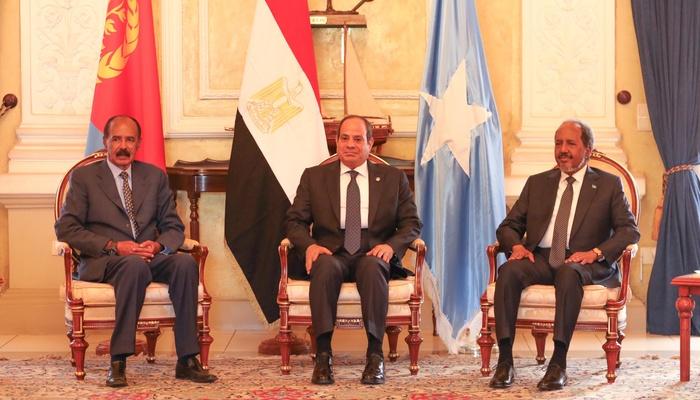Islamic State of Khorasan resume attacking embassies
On December 2, the Pakistan embassy in Kabul has been the target of an armed attack which aimed at the killing of the head of its diplomatic mission, Ubaid ur-Rehman Nizamani. The gunshots came from a nearby building and seriously injured one of the ambassador’s guards. Suspicions of the involvement of the Islamic State of Khorasan (IS-K), no stranger to this kind of strategic targeting, were confirmed the following day via an announcement by the Islamic State’s (IS) central branch. The most recent similar attack date back to 5 September, when the group managed to infiltrate the Taliban security network by causing an explosion at the Russian embassy in Kabul, killing two diplomatic staff members and at least six other individuals. The action had come in the wake of a long media campaign, in propaganda channels affiliated with the jihadist group, against Russia and its presence in Afghanistan. Among the high-profile targets, embassies, consulates, and diplomatic missions have recently become IS-K’s favourite targets. While similar attacks can also be traced to the period prior to the Taliban reconquest of Kabul (such as the 2016 attack on the Pakistan Consulate in Jalalabad or the execution of an official from the same facility in June 2021), it is following the establishment of the Islamic Emirate of Afghanistan that these kinds of attacks have become part of a specific strategy. In IS-K’s diatribe with the Taliban, striking foreign diplomatic delegations in Afghanistan means undermining the credibility of the government in Kabul, desperately seeking international recognition, thus demonstrating its inability to guarantee internal security. The 26 August 2021 attack on the capital’s airport, which killed more than 180 people, including 13 US soldiers, the explosions in front of the Indian consulate in Jalalabad in September 2021 and the foiled, though never officially claimed, attack at the Turkmenistan embassy in Kabul, for instance, also fit into the same strategic line. It is crucial to frame how the attempted assassination of Nizamani was preceded by a visit to Kabul on 29 November by the Pakistani Foreign Minister, who had come to Afghanistan to discuss border security and the recent breach of the ceasefire with the Pakistani Taliban Movement (TTP), for which the Islamic Emirate of Afghanistan had mediated. IS-K has for this reason fiercely criticised the Taliban and, considering the use of diplomacy deplorable, has over time devised a rhetoric that sees the Emirate as a puppet of Pakistan and the United States. To demonstrate the jihadist group’s focus on the Pakistani issue, on 4 December, IS-K released a video in English entirely dedicated to the country, attacking its politicians and relations with neighbouring countries, including the US and Russia. Beyond reflections on IS-K’s strategies and objectives in the region, it is also worth noting how the attribution of the attack to IS-K came, in this case, from IS-affiliated Telegram channels. The announcement, which came from the apex of the organisation, differs from common practice, as the Islamic State of Khorasan has built its own solid and sophisticated propaganda network centralised in al-Azaim, a media entity of absolute prominence in the global jihadist landscape, which is the vehicle for every message of the Central Asian group.









